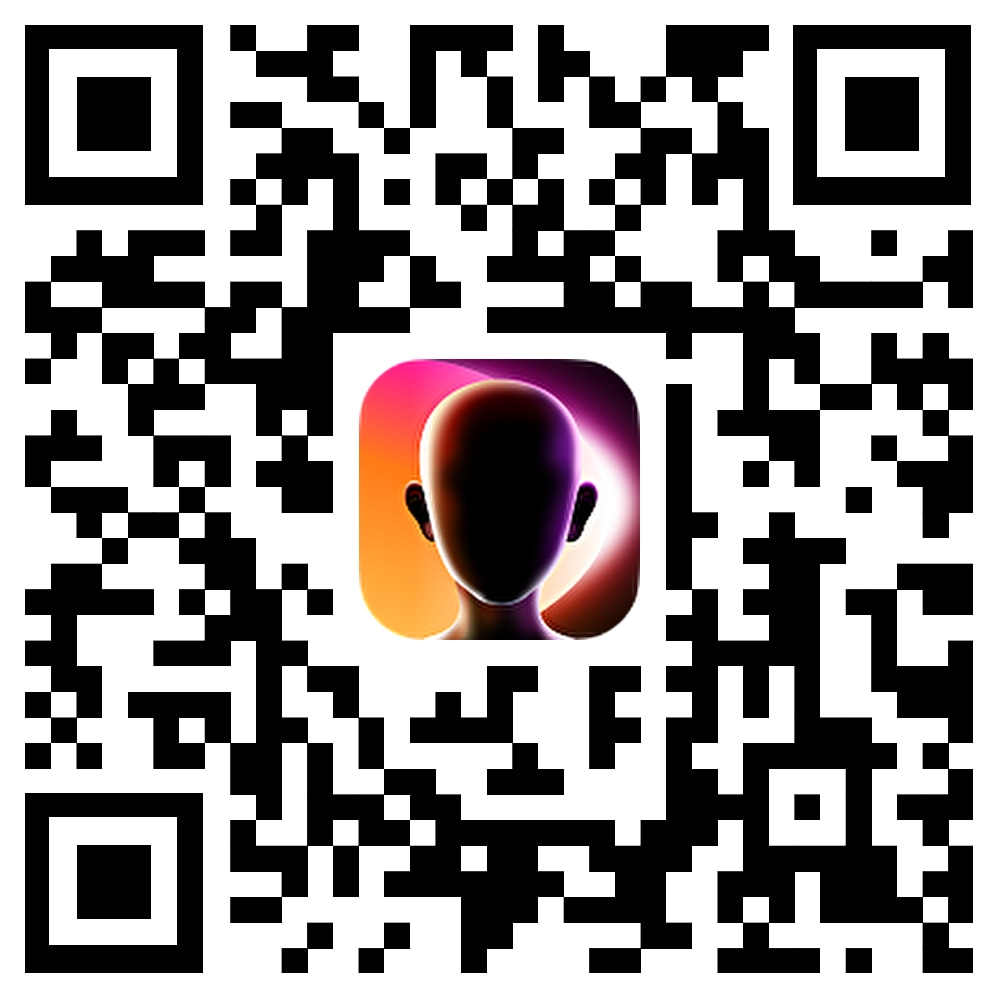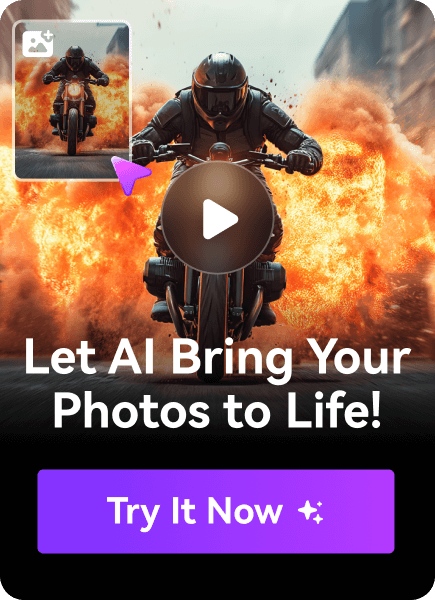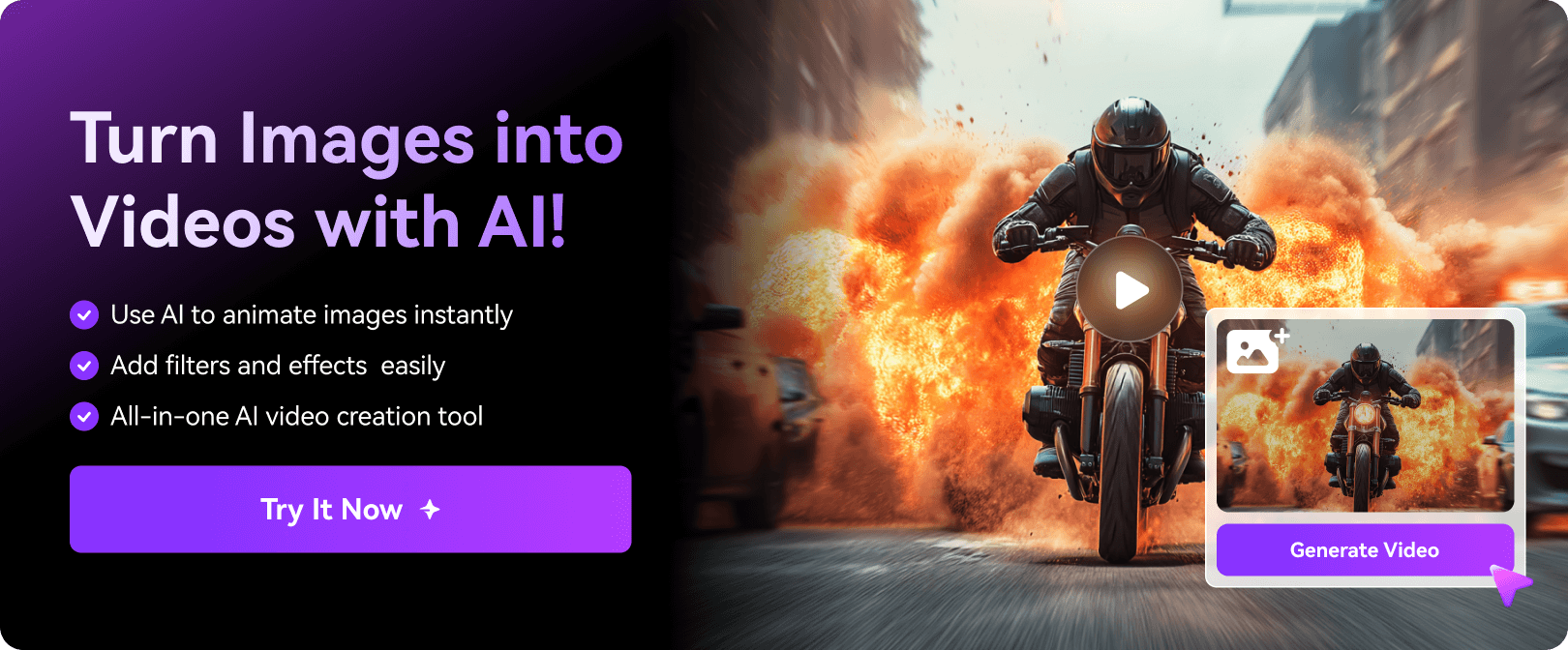In the competitive landscape of email marketing, understanding the best time to send an email blast is crucial for boosting engagement and conversions. Timing plays a key role in connecting with your audience, and knowing the best time to send marketing emails can make all the difference. This article delves into the optimal sending times, and the best time of day for email marketing overall. By exploring these factors and leveraging advanced tools, marketers can refine their strategies to maximize impact and stay ahead in 2025.
In this article
Part 1. Why Timing Matters in Email Marketing
Timing is a critical factor in email marketing, as it directly influences the best time to send email blasts, open rates, click-through rates, and conversions. Choosing the optimal moment for delivery can significantly enhance engagement, ensuring that messages reach recipients when they are most likely to read them. Data-driven insights reveal patterns in audience behavior, allowing marketers to optimize their sending schedules effectively.
Additionally, understanding the costs associated with email sending is essential for calculating return on investment (ROI). While email marketing boasts one of the highest ROIs—averaging between $36 to $44 for every dollar spent—this potential relies on effective delivery strategies. Marketers must consider both the expenses related to email service providers and the revenue generated from successful campaigns to accurately assess their ROI and refine future strategies.
Part 2. Factors Influencing the Best Time to Send Emails
Several factors influence the best time to send marketing emails, making it essential for marketers to understand their audience and industry dynamics. By considering these elements, businesses can optimize their email strategies for better engagement and conversion rates.
- Target Audience Behavior: Understanding your audience's time zones, work hours, and daily habits is crucial for determining when they are most likely to check their emails.
- Industry Trends: Different industries have varied optimal timings; for example, B2B emails may perform better during weekdays, while B2C campaigns might see higher engagement on weekends.
- Email Type: The nature of the email matters—newsletters may be best sent mid-week, while promotional campaigns could be more effective at the beginning or end of the week.
- Mobile Usage: With the rise of mobile devices, many users check emails throughout the day; this trend can shift optimal sending times to early mornings and evenings.
- Seasonal Considerations: Holidays, events, and seasonal trends can also affect when your audience is most receptive to emails, requiring adjustments in timing based on specific periods throughout the year.
Part 3. Best Days to Send Marketing Emails
Choosing the best days to send marketing emails can significantly impact engagement and conversion rates. Understanding audience behavior and industry trends is essential for optimizing email campaigns. Here’s a breakdown of the most effective days for sending marketing emails and why they work.
- Tuesday: This is the most popular day for high open rates. After the Monday catch-up, recipients are more settled into their workweek, making them more likely to engage with emails.
- Wednesday: A close second for engagement and click-through rates, Wednesday is ideal for sending mid-week reminders or informative newsletters, capturing attention while recipients are still focused.
- Thursday: This day is perfect for nurturing leads or sending promotional offers, as it precedes the weekend when distractions increase. Emails sent on Thursdays often see higher engagement as recipients plan their weekend activities.
- Monday: While it can be good for goal-oriented audiences, caution is advised. Sending emails too early in the day can lead to inbox overload, causing your message to get lost among numerous Monday morning emails.
- Data-Driven Examples: Research shows that open rates and click-through rates (CTR) vary by day. For instance, studies indicate that emails sent on Tuesdays and Thursdays between 10 AM and 3 PM yield the highest engagement rates, highlighting the importance of timing in email marketing strategies.
By strategically selecting these days based on data-driven insights, marketers can enhance their email campaigns' effectiveness and drive better results.
Part 4. Best Times to Send Email on Specific Days
Understanding the best times to send emails is crucial for maximizing engagement and conversions in your email marketing campaigns. By strategically scheduling your emails based on audience behavior and preferences, you can significantly enhance the effectiveness of your outreach. Here’s a detailed overview of optimal timings for sending emails on specific days, including insights on the best time to send an email on Tuesday, the best time to send an email on Monday, and more.
Best Times to Send Emails on Specific Days:
- The Best Time to Send an Email on Tuesday: The optimal hours are between 10 AM and 12 PM and 2 PM and 4 PM. These slots are effective because they fall just after morning meetings and before lunch breaks, allowing recipients to check their emails when they are more focused.
- The Best Time to Send an Email on Monday: Aim for early morning between 6 AM and 9 AM. This timing captures recipients as they start their workweek, but avoid sending too early to prevent your email from getting lost in the Monday morning rush.
- The Best Time to Send Emails on Wednesday: The ideal hours are from 9 AM to 11 AM and 1 PM to 3 PM. This timing is perfect for nurturing campaigns and sending updates, as it aligns with when recipients are most engaged in their workday.
- The Best Time to Send Emails on Saturday: For retail or B2C emails, late mornings or evening slots are ideal for relaxed browsing. This timing allows consumers to explore deals at their convenience when they have more free time.
- Best Time of Day for Email Marketing: Overall, the best times across various studies suggest that mornings (especially between 9 AM and 12 PM) are optimal for email marketing throughout the week, with specific variations depending on the day.
By aligning your email sending times with these insights, you can improve open rates and drive higher engagement with your audience, ensuring that your marketing efforts yield the best possible results.
Part 5. How to Adjust Timing Based on Your Audience
Adjusting the timing of your email campaigns based on audience insights is essential for maximizing engagement and conversions. Understanding your audience's behaviors and preferences allows for more effective email marketing strategies. Here are key strategies to help you determine the best time to send emails and optimize your outreach efforts.
- Segmented Email Lists: Tailor send times based on geographies and behaviors. By segmenting your audience, you can identify specific time zones and preferences, ensuring that your emails reach recipients at the most opportune moments.
- A/B Testing: Implement A/B testing by sending emails at different days and times to determine what resonates best with your audience. This approach allows you to gather data on open rates and engagement, helping refine your email strategy.
- Analyzing Engagement Metrics: Utilize insights from email platforms like Mailchimp or Brevo to analyze engagement metrics. These tools provide valuable data on when your audience is most active, allowing you to adjust your sending schedule accordingly.
- Consider Email Type: Different types of emails may perform better at varying times. For instance, promotional emails might see higher engagement during weekends, while newsletters may be more effective during weekdays.
- Best Time of Day for Email Marketing: Research indicates that the best time to send marketing emails is typically between 9 AM and 11 AM, with additional peaks in the early afternoon. Adjusting your timing based on these insights can lead to improved open rates and conversions.
By implementing these strategies, marketers can effectively tailor their email campaigns to align with their audience's preferences, ultimately enhancing engagement and driving better results.
Part 6. Advanced Tools to Optimize Email Sending Times
To effectively optimize email sending times, leveraging advanced tools can significantly enhance your email marketing strategy. Various platforms offer features that provide insights and recommendations tailored to your audience's behavior, ensuring that your emails reach recipients at the most opportune moments. Here are five notable tools and their capabilities, including a detailed look at Wondershare Virbo for creating visually dynamic email content that emphasizes conversions.
1.SendGrid
SendGrid is a powerful email API platform designed to optimize email communications for businesses of all sizes. It enables marketers and developers to send both marketing and transactional emails at scale while ensuring high deliverability rates. With features like AI-powered timing recommendations, SendGrid helps users determine the best time to send marketing emails, enhancing engagement and conversion rates.
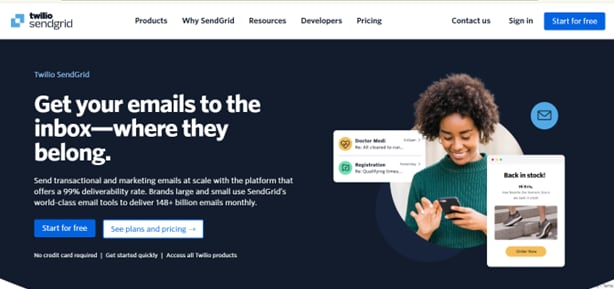
Key Features:
- AI-Powered Timing Recommendations: SendGrid analyzes historical data to suggest optimal send times for emails, helping marketers maximize engagement.
- Drag-and-Drop Email Editor: The user-friendly editor allows users to create visually appealing emails without any coding knowledge, making it accessible for all skill levels.
- Comprehensive Analytics and Reporting: SendGrid provides detailed insights into email performance, including open rates, click-through rates, and bounce rates, enabling marketers to refine their strategies.
- Transactional Email Support: The platform supports automated transactional emails, such as order confirmations and password resets, ensuring timely communication with customers.
- Email Validation API: This feature helps improve email list quality by verifying the validity of email addresses before sending, reducing bounce rates, and enhancing deliverability.
2. Constant Contact
Constant Contact is a comprehensive email marketing platform designed to help businesses optimize their email campaigns and enhance customer engagement. With its user-friendly interface and powerful automation features, Constant Contact enables marketers to determine the best time to send marketing emails based on audience behavior and preferences. The platform offers a range of tools to create, schedule, and analyze email campaigns effectively, ensuring that messages reach recipients when they are most likely to engage.
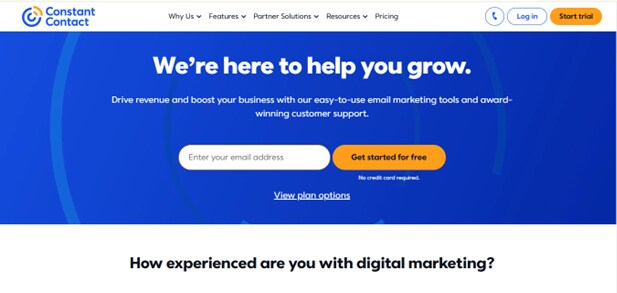
Key Features:
- Drag-and-Drop Email Builder: This intuitive editor allows users to create visually appealing emails effortlessly by dragging and dropping content blocks, making it accessible for users of all skill levels.
- Automated Email Campaigns: Constant Contact enables users to set up automated email sequences based on subscriber behavior, ensuring timely communication tailored to individual customer actions.
- List Segmentation: The platform allows for detailed audience segmentation based on demographics and engagement history, enabling targeted messaging that resonates with specific groups.
- Comprehensive Analytics: Users can track key metrics such as open rates, click-through rates, and engagement trends through an easy-to-navigate analytics dashboard, helping refine future campaigns.
- Extensive Template Library: Constant Contact offers a wide array of professionally designed email templates that are mobile-responsive and customizable, allowing businesses to maintain brand consistency while saving time on design.
3. Mailjet
Mailjet is a versatile email marketing platform designed to help businesses optimize their email communications and improve engagement. With its powerful tools for creating, sending, and analyzing emails, Mailjet enables users to determine the best time to send marketing emails based on audience behavior and preferences. The platform's intuitive features streamline the email creation process, ensuring that campaigns are not only visually appealing but also strategically timed for maximum impact.
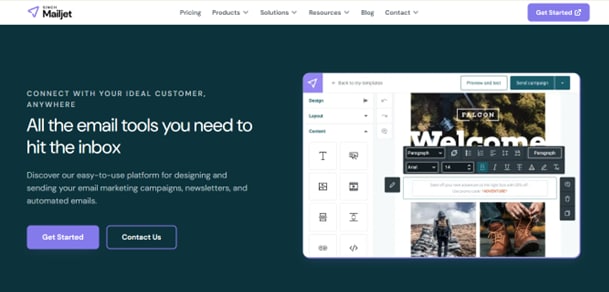
Key Features:
- Collaborative Workspace: Allows teams to work together in real-time on email campaigns for cohesive messaging.
- SMTP Relay Service: Ensures high deliverability rates for transactional emails, crucial for timely communications.
- Dynamic Content Personalization: Enables personalized email content based on recipient data for enhanced engagement.
- Multi-Channel Campaigns: Supports both email and SMS campaigns, optimizing communication across various platforms.
- API Integrations: Offers robust API capabilities for connecting existing applications, automating workflows, and optimizing sending times.
4. Wondershare Virbo
Wondershare Virbo is an innovative AI-driven video creation tool designed to streamline the process of producing engaging video content. It allows users to quickly generate professional-quality videos by converting text into dynamic visuals, making it an ideal solution for marketers looking to enhance their email campaigns. By integrating Virbo, businesses can create visually appealing content, optimizing the best time to send marketing emails. With its user-friendly interface and advanced features, Virbo simplifies video production, enabling effective communication through captivating visual storytelling.
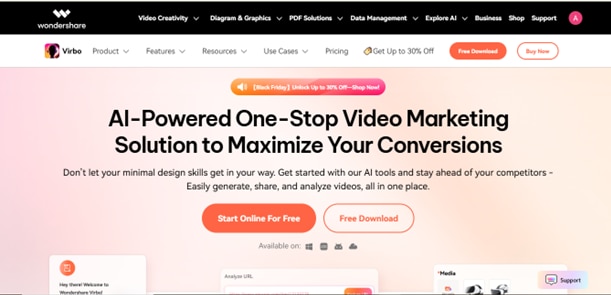
Start Online For Free
Key Features:
- AI Video Generation: Effortlessly create videos from text prompts using AI technology, allowing for quick and easy video production without extensive editing skills.
- Customizable Avatars: Choose from over 350 realistic AI avatars or create a digital twin to deliver your message in a relatable and engaging manner.
- Multi-Language Support: Generate videos in over 90 languages, making it easy to reach a global audience and tailor content for specific markets.
- Dynamic Voiceovers: Utilize advanced text-to-speech capabilities with customizable voices to add a human touch to your videos, enhancing engagement.
- Real-Time Collaboration: Work with team members simultaneously on video projects, facilitating seamless communication and efficient workflow management.
Steps for AI Video Generation in Wondershare Virbo:
Step1Create a New Project
Begin by logging into your Wondershare Virbo account and clicking on the “Create Video” button on the dashboard. You can choose the desired video aspect ratio (landscape or portrait) based on your intended use, whether for social media, emails, or presentations. Once you've made your selection, proceed to the video creation interface.
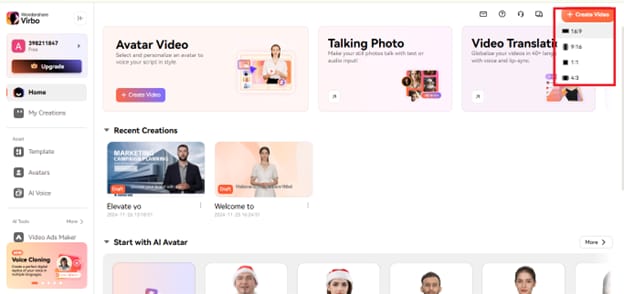
Step2Select AI Avatar and Input Script
In the video creation interface, browse through the library of AI avatars and select one that fits your brand's tone and message. After choosing your avatar, enter your script in the provided text box. You can customize various settings, such as voice type, speed, and pitch, to ensure that the delivery aligns with your vision. This step allows you to create a personalized touch that resonates with your audience.
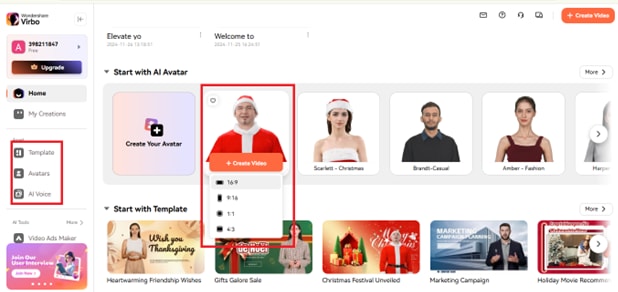
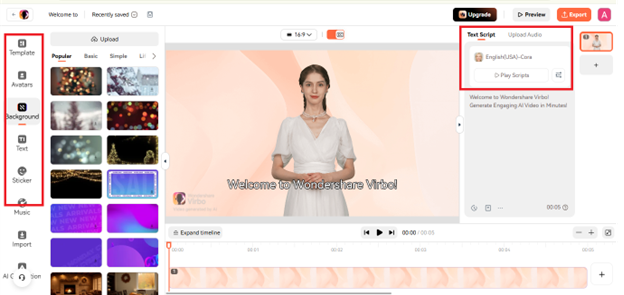
Step3Edit and Export Your Video
After finalizing your script and avatar selection, enhance your video by adding background music, images, or additional elements from the media library. Use the editing tools to adjust timing and transitions as needed. Once you’re satisfied with the preview of your video, click the "Export" button to render and save your video in high quality. You can then integrate this dynamic content into your email campaigns or other marketing materials.
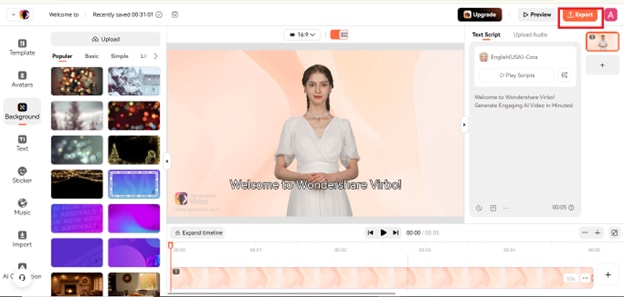
Start Online For Free
By incorporating these advanced tools into your email marketing strategy, you can optimize sending times and content delivery, ultimately leading to improved engagement and conversion rates while ensuring you are always aware of the best time to send marketing emails.
Part 7. Best Practices for Scheduling Emails
Based on the search results, the best time to send marketing emails generally falls within specific time frames that maximize engagement. Research indicates that the optimal times for sending emails can vary depending on the day of the week and the type of audience. Here’s a summary of key insights regarding the best times to send marketing emails:
- Best Times During the Week: Studies consistently show that Tuesdays and Thursdays between 9 AM and 11 AM are among the best times to send marketing emails. This timing allows recipients to engage with your content when they are most likely to be checking their inboxes after settling into their workday.
- Afternoon Engagement Peaks: Additional engagement peaks can occur in the early afternoon, particularly between 1 PM and 3 PM. This is when many recipients take breaks and check their emails again, making it a strategic time for sending follow-up or promotional emails.
- B2B vs. B2C Timing: For B2B marketing, sending emails during work hours, especially mid-morning, yields better results. In contrast, B2C marketers may find success by experimenting with weekend timings or evening hours when consumers are more relaxed and able to check personal emails.
- Avoiding Busy Periods: It is advisable to avoid sending emails during peak busy periods, such as Mondays at 8 AM when inboxes are often overloaded with messages from the weekend. Instead, targeting mid-morning or early afternoon slots can lead to higher engagement rates.
- Segmenting Your Audience: Tailoring send times based on audience segmentation is crucial. Analyzing engagement metrics from platforms like Mailchimp or Virbo can provide insights into when different segments of your audience are most active, allowing for more effective timing strategies.
By implementing these insights into your email marketing strategy, you can optimize your campaigns for better open rates and conversions, ensuring that you reach your audience at the best time to send marketing emails.
Conclusion
In conclusion, determining the best time to send marketing emails is crucial for enhancing engagement and driving conversions. By leveraging advanced tools like SendGrid, Constant Contact, Moosend, Mailjet, and Wondershare Virbo, marketers can optimize their email strategies based on audience behavior and preferences. Implementing best practices, such as personalizing send times and targeting specific days, ensures that messages resonate with recipients. Ultimately, informed timing and effective technology can transform email marketing into a powerful driver of customer engagement and business success.
FAQs
-
What is the best time to send marketing emails?
The best time to send marketing emails typically falls on Tuesdays and Thursdays between 10 AM and 12 PM. These times align with when recipients are most likely to check their inboxes after settling into their workday.
-
How can I determine the optimal sending time for my audience?
You can determine the optimal sending time by segmenting your email lists based on demographics and behaviors and then conducting A/B testing to see which times yield the highest engagement rates. Analyzing past campaign performance can also provide valuable insights.
-
Does the type of email affect the best sending time?
Yes, the type of email significantly influences the best sending time. For example, promotional emails may perform better on weekends, while newsletters and updates are often more effective during weekdays.
-
How can automation tools help with email scheduling?
Automation tools allow marketers to plan and schedule campaigns in advance, optimizing send times based on historical data and audience engagement patterns. This ensures that emails are delivered when recipients are most likely to engage.
-
What role does audience segmentation play in email timing?
Audience segmentation allows marketers to tailor send times based on specific groups’ behaviors and preferences, ensuring that emails reach recipients at their most engaged moments. This targeted approach can lead to higher open and click-through rates.
